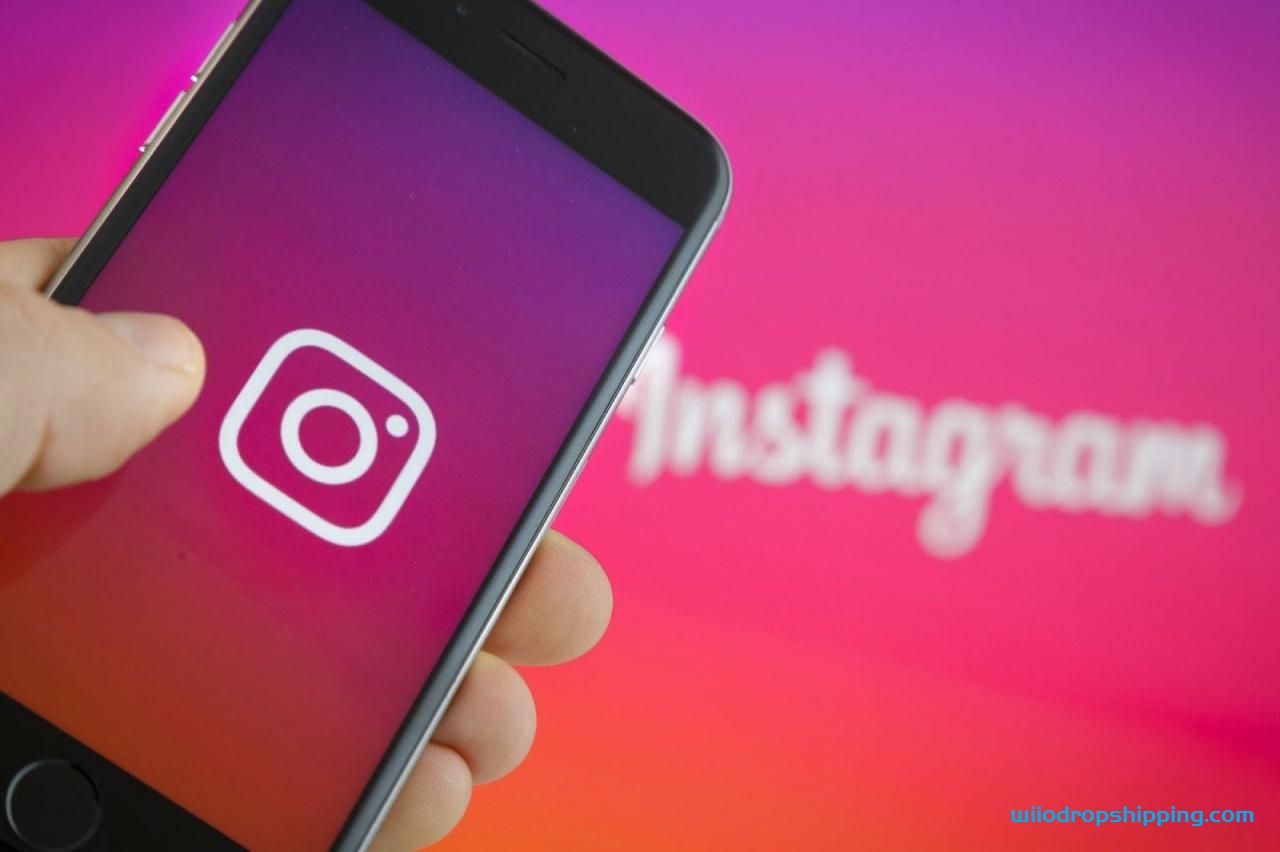Physical Address
304 North Cardinal St.
Dorchester Center, MA 02124



Therefore, it doesn’t take much to understand why the role of social media in Amazon e-commerce is essential and will continue that way as long as Amazon, in particular, exists. As an Amazon seller, your best strategy is to use social media as a vehicle to promote your product lines. If you don’t do so you will be missing out on one of the world’s most powerful marketing tools.
Hundreds of millions of those same social media users also have Amazon accounts. Some are more active than others, but Amazon is the largest e-commerce platform on the planet for a reason. The people that use it tend to do so obsessively. The tendency to use social media the same way creates an obvious, natural tie-in. Using social proof to build your brand’s presence is a best practice you must have as part of your overall Amazon marketing strategy.
Opportunities to leverage social media to drive attention to your brand are endless. You can promote specific products you’re looking to feature – or get out of your warehouses. You can run campaigns geared around seasonality, holidays, Prime Day, and so much more. As you start to gain some traction, having social media influencers take over your accounts for a day to hype up your products and bring other influential people into the mix is a great way to keep things fresh. Using social media is also a great way to target millennial audiences.
1. Pick your platform(s) and work hard on your strategy
2. Use your accounts to provide customer service
3. Learn how to leverage your platforms for cross-promotion
4. Build a content calendar and stick with it
5. Understand your KPIs and make sure your strategy aligns with them
It’s hard to pick the right social media platform to use as an Amazon seller. There are benefits to each one but we happen to love on Instagram. However, that doesn’t mean Instagram is the only platform that can be a powerful driver of attention and sales. Instead, these platforms are places where most of your ideal buyers are often on, so you can meet them there with your content.
Once you’ve found the right social media platform for your target audience, it’s a good idea to experiment, initially, to see what types of content people like. With that understanding, it’s easy to double down on content that works and establish the brand voice that will help you across your marketing channels to present a cohesive message. Hence, there’s no confusion about who your brand is, what you believe in, and what you offer your customers.
One thing about social media use as a brand is that your customers will expect you to address their concerns on the platforms. They often voice their concerns in direct messages or comments on public posts. Depending on your perspective as a brand, this is either positive or negative. It’s a great opportunity to control the narrative of your brand image and actively address customer concerns, issues, and problems head-on and in real-time. People expect instant responses in our instant gratification world, and leveraging social media as a customer service tool makes that possible.
Be careful that your time – or your staff’s time – on social media isn’t too heavily on customer service. It can become a problem if it takes up too much time that should be focused on more direct customer service outlets and marketing development.
The best social media marketers understand how to use social media as a relationship-building and cross-promotional tool. As a result, there’s a ton of potential to build relationships with like-minded or complementary brands and think about ways to create campaigns together where both sides benefit.
Some examples of collaboration strategies for example may be using promotions, such as a swap of hot products, a cross-promotional campaign for a new product bundle you’ve put together, or an online flash sale both sides promote. Of course, these are just examples, but the idea is to be creative and think about how you can use your social accounts as a way to help your friends succeed so they can do the same for you.
Social media exists to foster community. Not only the communities you actively manage but those of your marketing partners as well. Each time you’re kicking off a social media campaign around a new product, think about companies or influencer accounts with whom you could partner to drive value.
Developing a network of these co-marketing partners can be very valuable along the way as new campaigns kick off and you look to leverage all of the attention you can grab. The best co-marketing and cross-promotional partners are like-minded and can create content that accurately portrays the value of your products. Or, they offer something complementary that’s a natural fit with your product, and in the cross-promotional activity on social media, both sides derive value.
Consistency is key when it comes to sharing content on social media. If you’re launching a new product in September, for example, your social media campaigns should be kicking off several months before, maybe in June. These campaigns should escalate from initial teasers of the product to more specific information, pre-sales campaigns, launch teasers, and then launch.
These types of campaigns are highly tactical; therefore, you must stick to a content calendar, especially if several people will be responsible for different facets of the social media content. A calendar helps keep everyone aligned on the work done and what’s left to do. Using a project management tool like Trello, Asana, or Smartsheet is a great way to keep everyone on the same page. Tools like CoSchedule are also worth considering if you’re going to be scheduling multiple types of content across several different accounts.
Any effective social media strategy aligns with a set of Key Performance Indicators (KPIs). KPIs help everyone determine if a process has been successful and where there is room for improvement.
Depending on which platform you use for your campaigns, it’s important to identify the KPIs your team will be tracking and ensure everyone is on the same page. These KPIs should be discussed regularly – whether in meetings or through shared documents – so progress can be tracked and necessary changes made as you go. If there’s one certainty about social media, it’s that campaigns will require some tweaking to reach an optimal level of effectiveness. Hopefully, you take away some solid tactics from the last section about operating on social media. But, we’re here to talk about Instagram, after all. So here we go.

Instagram’s demographic mix is a match made in heaven for e-commerce marketers. Over half of the platform’s users are active daily. These users are on the platform daily, and are relatively young. 40% of American users aged between 30 and 49. In short, these are people with expendable income. They like to buy the newest gadgets and products they believe will improve their life. They are ready and waiting for your content to show them what to buy next!
There are three primary reasons (along with the obvious demographic fit) that you should focus on Instagram to market your products:
People are likely to engage with your product-related posts on Instagram more than on any other comparable platform. Instagram posts receive 15 times more engagement than Facebook posts on average and up to 20 times more engagement than Twitter posts. Instagram posts are also more visual, which is perfect for product marketing. The platform is designed in a way that posts aren’t “disposable” and tend to have a long shelf-life in your followers’ feeds. This shelf life is much shorter on Facebook and Twitter, where you would need to post several times more each day to earn the same engagement rate.
In the social media ecosystem, marketers who can source as much User Generated Content (UGC) as possible usually come out on top. Luckily, Instagram is a goldmine for this type of content.
Here are a few examples:
The opportunities are endless, and Instagram users are more willing than any other social media user to provide what you want. Especially if they’re going to get some solid exposure in return for their effort.
Instagram is the best platform to build trust with your potential customers because of its highly visual nature. To begin with, humans are visual creatures, and they build trust based on what they can see. So when you create a narrative around your Instagram content that shows how much other people trust and enjoy your products and find them useful, potential customers will start to trust you, too.
The benefits of perceived trust are that customers will be more willing to try out what you have to offer and see if they have the same experience. Other platforms don’t provide the same level of visual stimulation that Instagram offers, and for that reason, it’s the best at driving social proof and helping you build trust.
Now that you know Instagram is the obvious choice, it’s time to walk through some specific tactics for you to try.

You should also make sure to use a Amazon product tracking tool so that you can track keywords, price changes, competitor stratgeies and more.
Every Amazon seller wants to land a partnership with a huge influencer out of the gate to give their products that viral appeal. The problem is, so does everyone else. The top influencers command massive guarantees and performance-based payments to share your content, so it’s not reasonable to try to establish partnerships with them for unproven products when you’re just starting out.
Instead, pursue mid-level and emerging influencers with active and engaged audiences whoand charge less for what they offer. These influencers are hungry to establish mutually beneficial partnerships and, in many cases, will work harder to make sure that you’re satisfied with the work that’s done than larger influencers.
Because Instagram Stories occupy such valuable real estate on the app, you must take full advantage of them to market your products to Instagram users. Get creative, and think of ways to showcase how your product is used or the problem it solves through stories. Watch trends closely to see what your competition is doing with stories and what other e-commerce brands are doing to fully capitalize on the feature and copy the best stuff you see!
The countdown feature in Stories is particularly effective to create urgency around your products and do a little “scarcity marketing.” Scarcity marketing works very well when launching a new product and having a limited inventory on hand to sell. Leveraging giveaways through sStories and promotional partnerships is another great way to collect information from your customer base and drive new interest for your entire product line.
This recommendation goes without saying, but you must always engage with your followers on Instagram when the opportunity presents itself. It’s only half the battle on social media to create and post content. The other half of the fight is to stay engaged with people who show interest in what you’re offering.
It takes some effort, but when you continually engage with your followers, they are no longer just followers; they become your community. People in a community are more likely to become loyal, long-term customers than those who don’t feel they have any emotional attachment to your brand. Engaging with your followers and getting to know what makes them tick to create content that caters to what they enjoy is how you build those emotional attachments.
Over the years, Instagram has evolved to add an increasing number of features that make shopping easy for its users. The most valuable part is Product Tagging. Product tagging allows you to add informational tags directly to product images you share on the platform.
When people tap these images, they can learn more about the product you’re promoting and even make a purchase right then if they’re ready. In addition, if a product is performing particularly well, there’s also an opportunity to create an ad for that product using Product Tagging. These ads will naturally earn greater reach than the content you share organically and give you a great opportunity at additional sales along the way.
The new “Shop” tab on Instagram’s home screen is another cool feature. This app area allows people who are browsing to grab something new the opportunity to check out several options from all types of e-commerce sellers.
If you’re going to make social media your ally, make sure Instagram is your biggest ally!